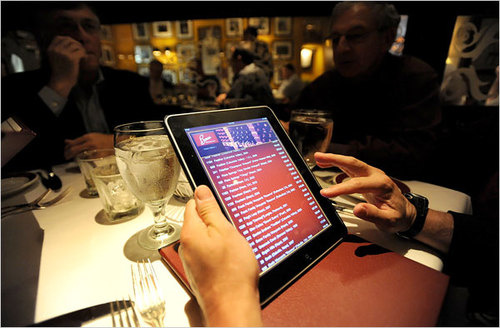Most people don’t really know wines, but access to online reviews makes it more productive for users to choose wines…
Read More

Most people don’t really know wines, but access to online reviews makes it more productive for users to choose wines…
Read More
Earlier this week I delivered an Apple iPad to my 81-year old mother. It’s a replacement for her 5 year-old…
Read More
Further to our groundbreaking reports and insight on the minlet, this report reviews research on what users typically do during…
Read More
Papua New Guinea, a place that seems so far away and so very out of touch from what we here…
Read More
The fashion industry has hit a vein and it’s full of gold. Leaders such as the fashion giant, Oscar de…
Read More